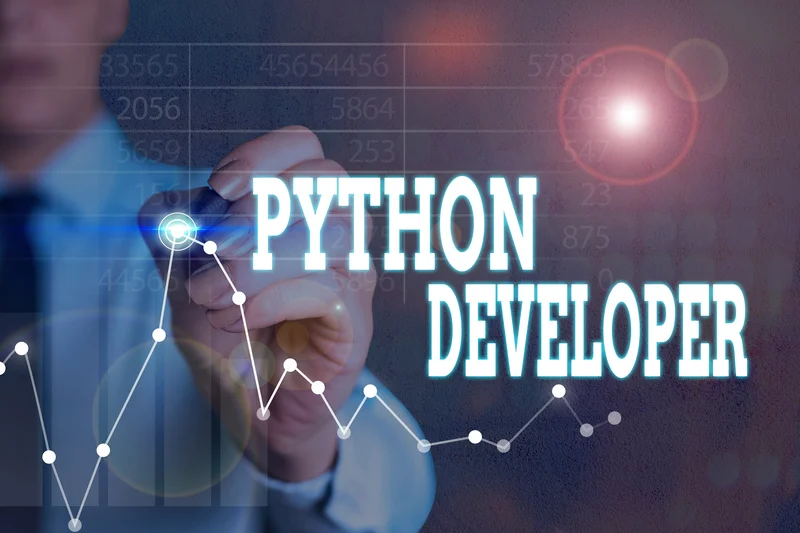In a continuous delivery pipeline, code changes are automatically built, tested, and packaged in a way that allows them to be deployed to any environment at any time. It can be used to manually trigger deployments, or it can be extended to include continuous deployment, where deployments to customers and end users are also automated. Infrastructure as code transforms infrastructure configurations into editable code that is compiled and deployed as services. This concept can apply to continuous software development and delivery as well. With pipeline as code, an organization describes CI/CD pipeline stages or steps on templates files, stored on a repository and treated in the same way as source code.
- It allows you to automatically build, test, and even deploy your code based on a configuration file in your repository.
- This results in significant cost reductions and the ability to fix bugs earlier in the development process.
- Poorly configured environments can result in failed tests and deployments, slowing down the overall CI/CD process.
- One option is configuring canary deployments with an orchestrated shift of traffic usage from the older software version to the newer one.
- The code changes run through a series of automated tests, and once they pass, are pushed immediately to the software’s users.
In a serverless environment, the cloud service provider manages the infrastructure, and the application consumes resources as needed based on its configuration. On AWS, for example, serverless applications run as Lambda functions and deployments can be integrated into a Jenkins CI/CD pipeline with a plugin. Once the development team has selected a CI/CD tool, it must ensure that all environment variables are configured outside the application.
What Is Continuous Integration (CI)?
The product architecture also influences the different phases of the pipeline and what artifacts are produced in each phase. The pipeline first builds components – the smallest distributable and testable units of the product. Codefresh is powered by the open source Argo projects and workflows are no exception. The engine that is powering Codefresh workflows is the popular Argo Workflows project accompanied with Argo Events.

With continuous deployment, DevOps teams set the criteria for code releases ahead of time and when those criteria are met and validated, the code is deployed into the production environment. This allows organizations to be more nimble and get new features into the hands of users faster. Continuous delivery simplifies pushing applications to various environments, allowing development teams to automate and streamline their delivery workflows.
Start building your CI/CD workflow
These additional testing and verification further increase the reliability and robustness of the application. If your codebase has to remain on premises, you’ll need a toolchain that you can deploy on your own servers or virtual infrastructure. We believe a single application that offers visibility across the entire
SDLC is the best way to ensure that every development stage is included
and optimized. When everything is under one roof, it’s as easy to pinpoint
workflow bottlenecks and evaluate the impact each element has on
deployment speed.

To achieve seamless continuous deployment, automation of regression tests is crucial. Organizations can ensure faster and more efficient delivery of software updates by eliminating expensive manual regression testing. By implementing CICD, developers can enhance productivity, improve code quality, and accelerate the release cycle. It enables faster and more reliable software delivery, facilitating collaboration among team members and enabling them to respond swiftly to customer requirements.
Beautifying our UI: Giving GitLab build features a fresh look
Some teams may allocate version control management to a specific department or job role within the CI/CD pipeline. It was stressful for teams, expensive and highly risky for the organization, and introduced bugs and failures in production environments. Once a runnable instance of all code has been built and tested, it’s ready for deployment. You can configure your pipeline to deploy code according to a schedule and choose between rolling out products to a select group of customers or all of them.
There are a few things to consider when looking for CI/CD tools to add to your development tools chain. Note that these phases are more logical than physical, and created only to break down a large problem into multiple smaller sub-problems. You may have less phases or more, depending on your architecture and requirements. Once validated, the assembled system is then promoted to production without any further modification, in the final phase, called the production phase. This all-or-none approach causes the fastest subsystem to go at the speed of the slowest one.
Book Review of The Phoenix Project: DevOps For Everyone
As shown in image below, SAP Cloud Application Programming Model includes a mix of SAP and open-source technologies. It is built on an open-source platform called Code-OSS, which is also used by Microsoft VS Code. Hence, it gives a desktop-like experience and if you have worked with Microsoft VS Code or Eclipse, Business Application Studio seems super familiar. Project “Piper” is an open-source project which provides a more flexible option than SAP Continuous Integration and Delivery and yet is not too difficult. SAP Continuous Integration and Delivery is mainly suited for SAP-centric use cases and supports SAP Fiori, SAP Cloud Application Programming Model, SAP Integration Suite artifacts and container-based applications.

It functions as a Kubernetes controller, continuously monitoring running applications and comparing their live state to the desired state specified in the Git repository. If there is a difference between the states, the controller identifies the application as OutofSync, and adjusts cluster state until the new version of the application is deployed. Launched in 2018, Argo CD is an open source project that provides a continuous deployment solution for Kubernetes.
What Is CI/CD? Continuous Integration & Continuous Delivery Explained
While most tools have some form of native build in capability to secure credentials, the capabilities vary widely. For example, many tools cannot rotate secrets or https://www.globalcloudteam.com/ track their usage for audit. Moreover, too often secrets and cloud credentials are hardcoded, which makes then effectively almost impossible to rotate and change.
In fact, you only merged code changes with the mainline branch on “the build machine.” Developers really didn’t know whether there would be conflicts until they completed their code. The final leg of the software delivery process was a QA engineer’s nightmare, fraught with merge issues and bug regressions. Continuous integration solves these problems by giving individual developers the ability to pull the mainline ci/cd monitoring branch into their development branch regularly and to merge their development branch into the mainline branch daily. With Continuous Integration, developers frequently commit to a shared common repository using a version control system such as Git. A continuous integration pipeline can automatically run builds, store the artifacts, run unit tests and even conduct code reviews using tools like Sonar.
How CI/CD pipelines support DevOps teams
Teams need to develop consensus on the right approach for their business and technologies. Once a pipeline is in place, the team should follow CI/CD practices consistently. Many teams operating CI/CD pipelines in cloud environments also use containers such as Docker and orchestration systems such as Kubernetes.
